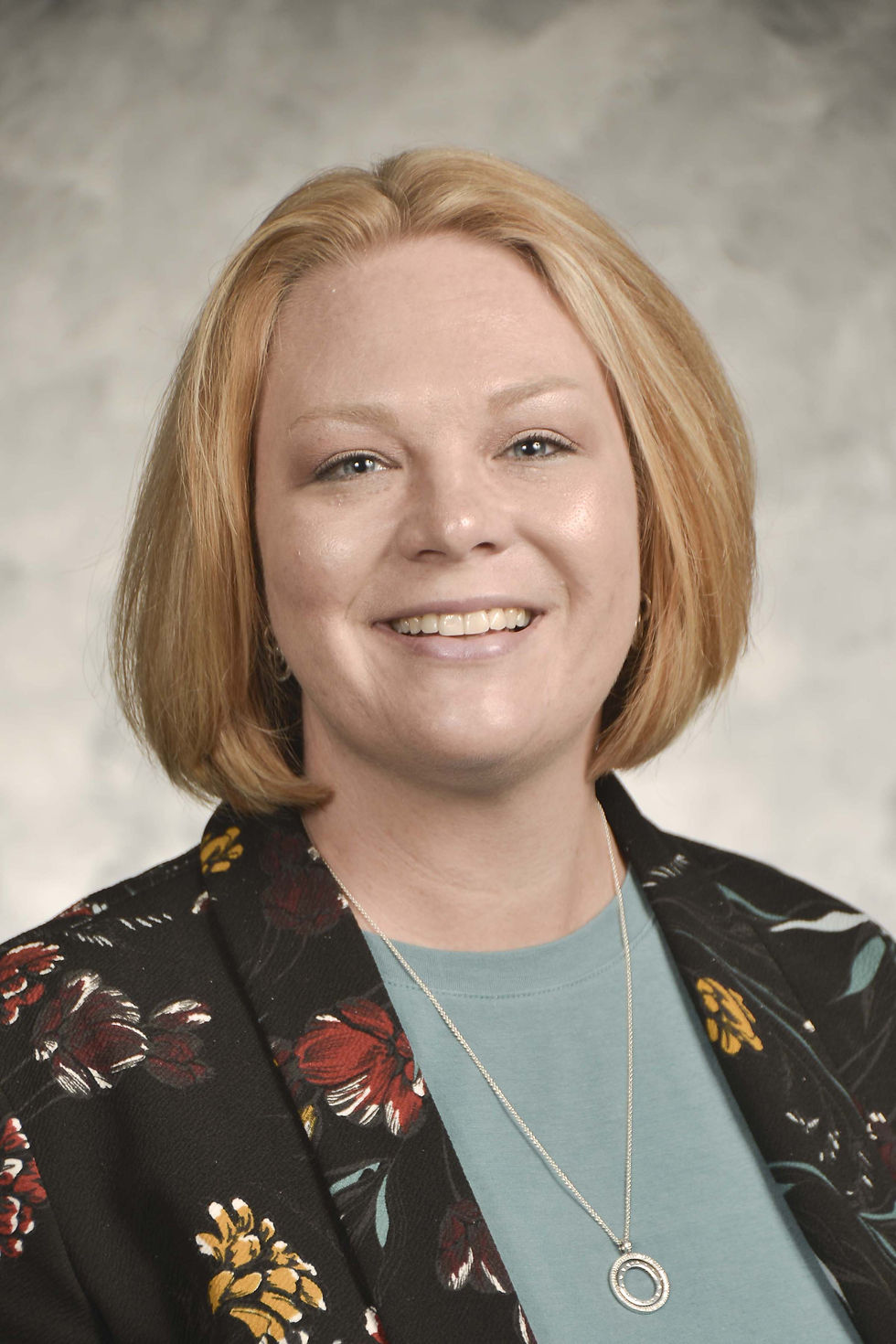By Cassie Heffern, PharmD, BCACP
I’ve worked within a family medicine residency clinic that serves a largely medically underserved population for over 10 years. As you would expect, there are daily challenges to overcome, but there are also small victories to celebrate, like when you’re able to help patients achieve better outcomes or get them access to medications that they otherwise wouldn’t have been able to afford. Days can be chaotic when you’re expected to be everywhere and with everyone at once. So if your days sometimes feel like this, I have a couple of interprofessional collaboration suggestions that may benefit and empower you and your colleagues at your practice site.
1. Family Medicine Resident Pharmacy (FMRx) Pearls:
I present 15-minute pearls on different disease states with each residency class during their didactic times each block. Each residency class has this time scheduled for one Wednesday every 4 weeks. I select topics based on recently asked questions or requests from the audience, but I’ve found that residents never get sick of learning about diabetes or device education!
One recent example involved sharing several updates on adult asthma management from the 2022 Global Initiative for Asthma (GINA) Report. I reviewed some key changes and figures before applying the information to a short patient case to reinforce the takeaways. Feedback from residents has included appreciation for a handout that they could save to their device or Google drive for future reference. I’ve found that making it interactive with pre-planned questions makes facilitating discussions easier.
Lastly, I always open the floor for any additional questions to address related inquiries. This set-up allows residents to be vulnerable in asking questions so they can be better prepared for the next time they approach the topic. These pearls are also great opportunities for pharmacy students and residents to present to other health professionals as well.
2. Patient Care Resource Team Conferences:
I was looking for an opportunity to improve collaboration among the five nurse care managers and myself at my site. I asked to meet virtually with all of them for an hour every month to review interesting patient cases they’ve encountered. We’ve reviewed a variety of timely topics, like continuous glucose monitoring (CGM) devices, patient assistance programs, and when it would be appropriate to hotline a patient (or seek immediate assistance from the state) with their living conditions, among many others. Many of the patients discussed had a trend of social barriers, so we invited others to join in on these monthly calls. Now, our monthly meetings include behavioral health consultants, community health workers, social workers, and other relevant population health team members.
We start each meeting by reviewing any specific patient cases they’d like to discuss. We created a document that outlines all of the member roles, preferred contact information, and what patient populations within the clinic the individuals can help with. We’ve distributed this document to the whole clinic and believe this will improve collaboration and understanding of each healthcare team member’s roles and responsibilities. Our conversations haven’t typically taken the whole hour, so I thought it would be a good time to review how we can all work towards improving common disease states in our patient population. I’m starting with some population health metrics, and I put together tips for improving medication adherence with our patients during the last meeting. I’ve collected a list of future topics as well. The meetings have received positive feedback and will be implemented in our other pharmacist-embedded clinics in the future!
I hope you found these opportunities helpful! Please don’t hesitate to reach out with questions by connecting on LinkedIn (Cassie Heffern | LinkedIn) or emailing me at cassie.heffern@coxhealth.com.

Cassie Heffern, PharmD, BCACP
Ambulatory Care Pharmacy Specialist
PGY2 Ambulatory Care Residency Program Director
CoxHealth
Comments